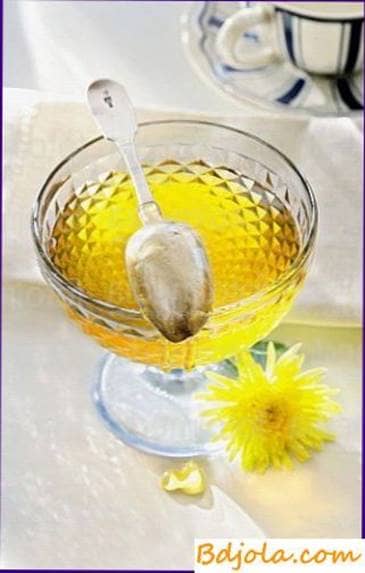
Dandelion honey is golden yellow, very thick, viscous, rapidly crystallizing, with a strong smell and a sharp taste. This honey bee is obtained from the nectar of a widely known and common weed-dandelion. Dandelion honey contains 35.64% of glucose and 41.5% of fructose.
Пчелы которые не жалят. Изделия с медом.
Bee Honey